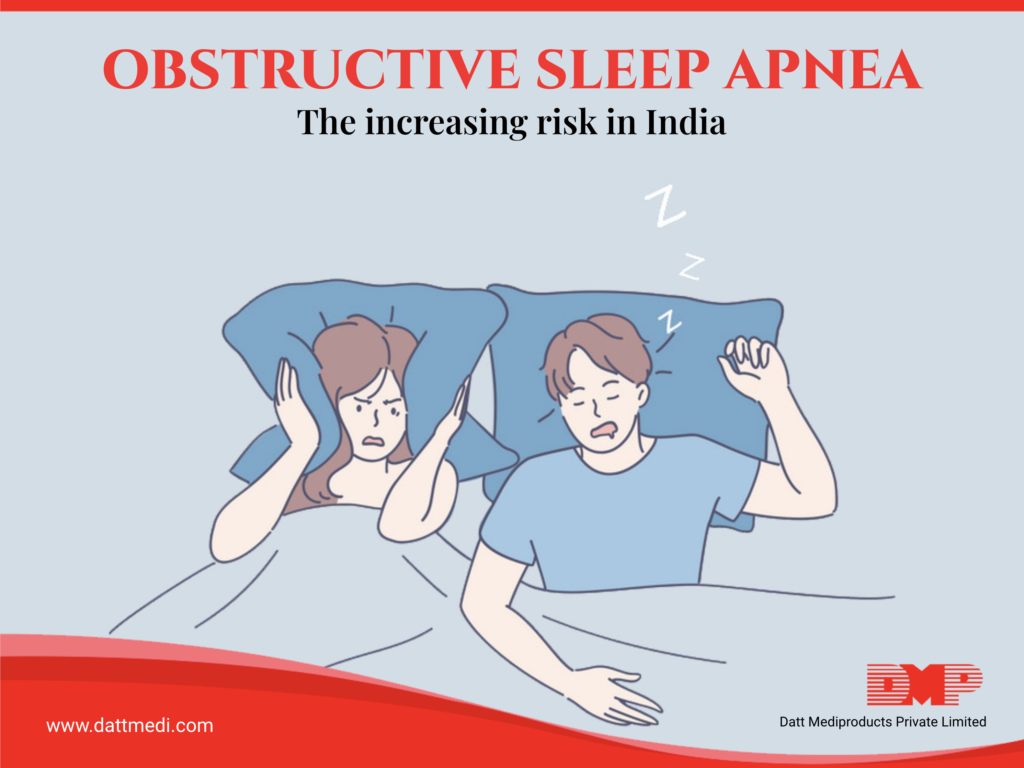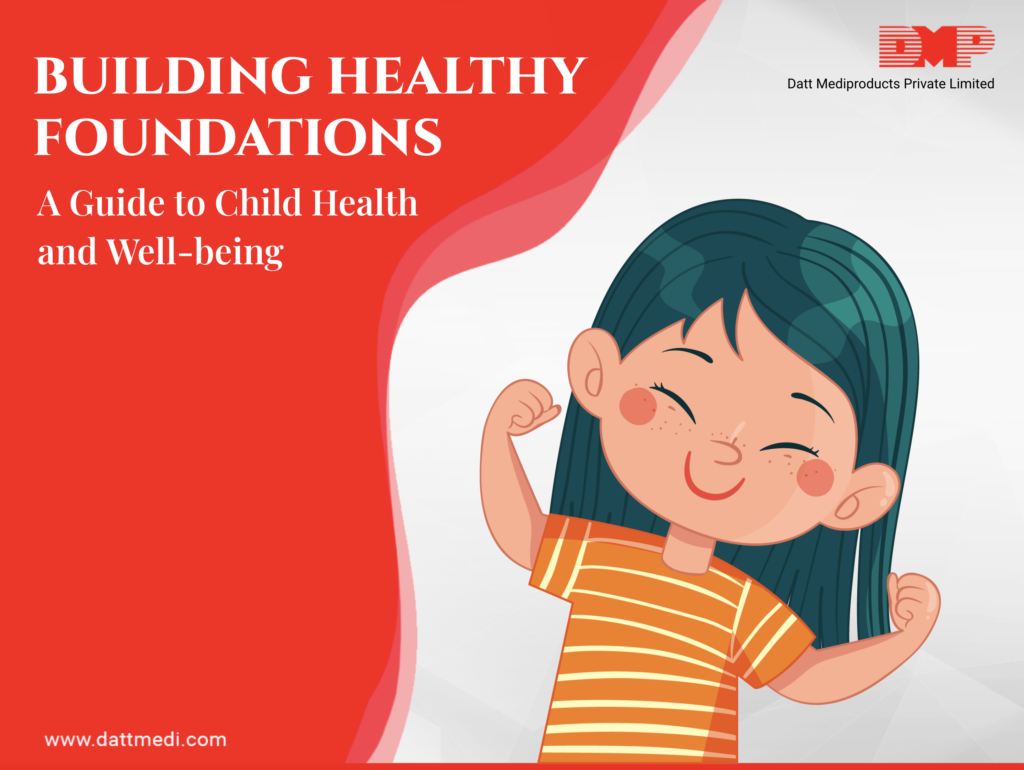
Obstructive sleep apnea (OSA) is the most common sleep related breathing disorder where the person’s breathing stops and starts involuntarily. It occurs when throat muscles intermittently relax and block the airway and disrupt the breathing for 10 seconds or longer.
Brain detects this obstructed breathing and briefly awakens the person from sleep, so that the air passage may be cleared. This awakening is of such a short interval that the person doesn’t remember.
Such episodes may repeat five to 30 times or more each hour, all night long and the patients don’t have sound sleep the whole night. The next day turns into a lazy day and the person feels sleepy and disturbed whole day.
Obstructive sleep apnea is commonly seen in middle aged and older adults. A study published in Journal of Thoracic Disease, suggests that OSA is more prevalent in men than in women and increases with age and obesity. However, OSA is prevalent in 2%-5% of children.
A conference on ‘dental sleep medicine’ estimated that around ’40 lakh’ people in India suffer from sleep apnea. Most of the patients are unaware that they suffer from OSA. This untreated sleep apnea leads to serious health complications like heart attack and stroke.
Just look for the signs and symptoms
The earliest symptom of obstructive sleep apnea is snoring, and it is often ignored. Thus most of the cases go unnoticed and untreated. Other symptoms include:
-Sleepiness and fatigue during daytime
-Disturbed night sleep
-Sudden awakening accompanied by gasping or choking
-Dry mouth or sore throat upon awakening
-Cognitive impairment
– Poor concentration and forgetfulness
-Mood disturbances
– Depression and anxiety
-Frequent urination while sleeping
-Sexual dysfunction
Who is at risk for OSA?
Certain factors that increase the risk of OSA are:
-Family history of OSA
-Obesity– Fat deposit around the upper airway may disrupt breathing
-Obstructive Sleep Apnea increases with age with older adults at a significantly higher risk
-People with medical conditions such as Diabetes, high blood pressure, PCOS, chronic lung diseases are at an increased risk of OSA
-Narrowed airways– The airways may be narrow since birth or the tonsils or adenoids might become enlarged and block the airway
-OSA is more common in men as compared to women and the chances of obstructive sleep apnea increases in women after menopause
-Chronic nasal congestion whether from an anatomical problem or allergies, can be another factor
How is OSA treated?
Obstructive sleep apnea is highly prevalent.Some treatments help in maintaining consistent breathing and stop or reduce apnea episodes. They include:
-Removal of enlarged tonsils and adenoids by surgery
-Making certain lifestyle changes like avoiding smoking and alcohol, limiting use of sedatives and managing weight
-Certain medicines like nasal decongestants or antihistamines also help in keeping the airways clear
-Wearing CPAP (continuous positive airway pressure) and mask while sleeping, where a constant airflow is maintained to keep airways open during sleep
-Wearing a mouth-piece while sleeping, this oral appliance keeps airways open while sleeping
Do you know?
A noticeable sign of obstructive sleep apnea is snoring. Snoring is quite loud when you sleep on the back, and the sound subsides when you turn to your side. So it is advisable to always consult a doctor if the snoring is interrupted by periods of silence.
Sleep is critical for a healthy mind and body. We @dattmediproducts suggest that early indicators like snoring, disturbed sleep during night, fatigue and sleepiness during day should not be ignored and seek medical advice without a second thought.




